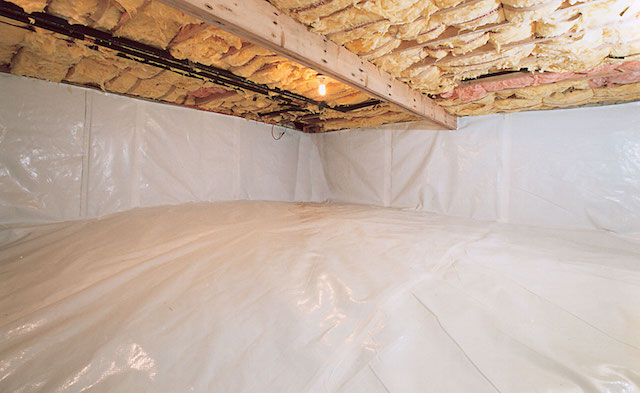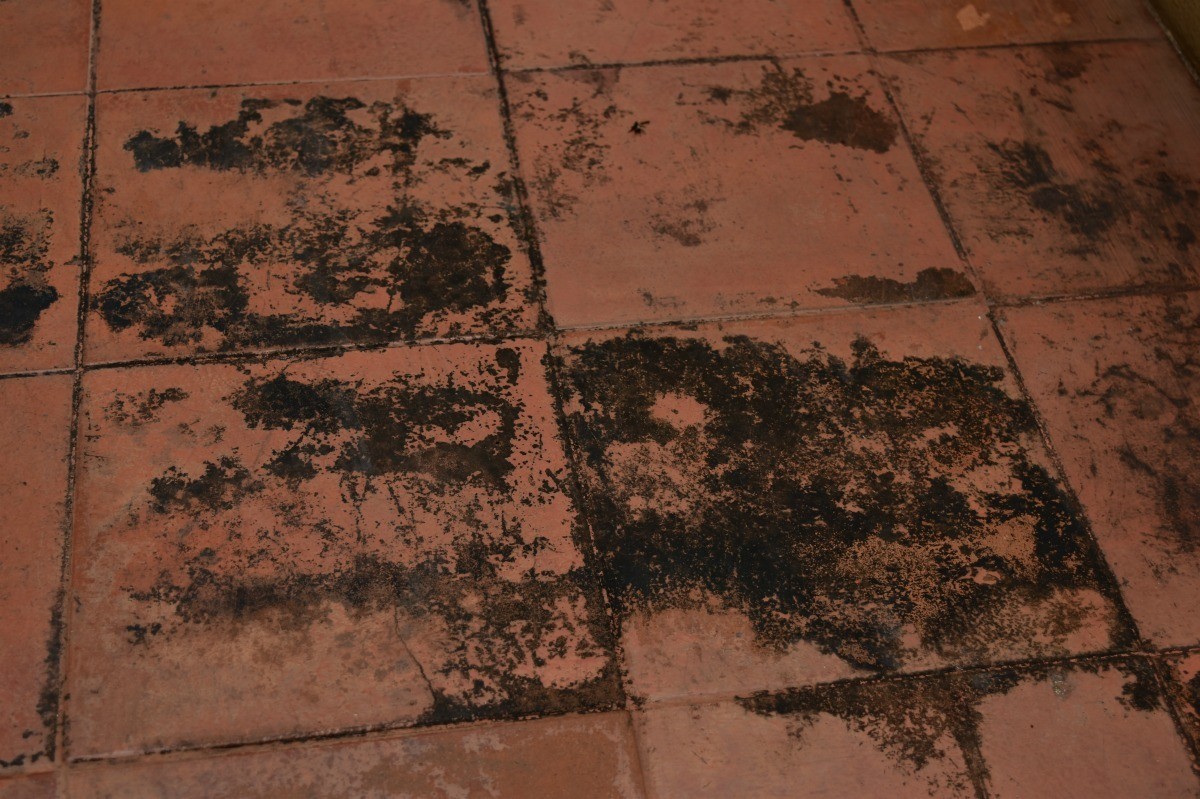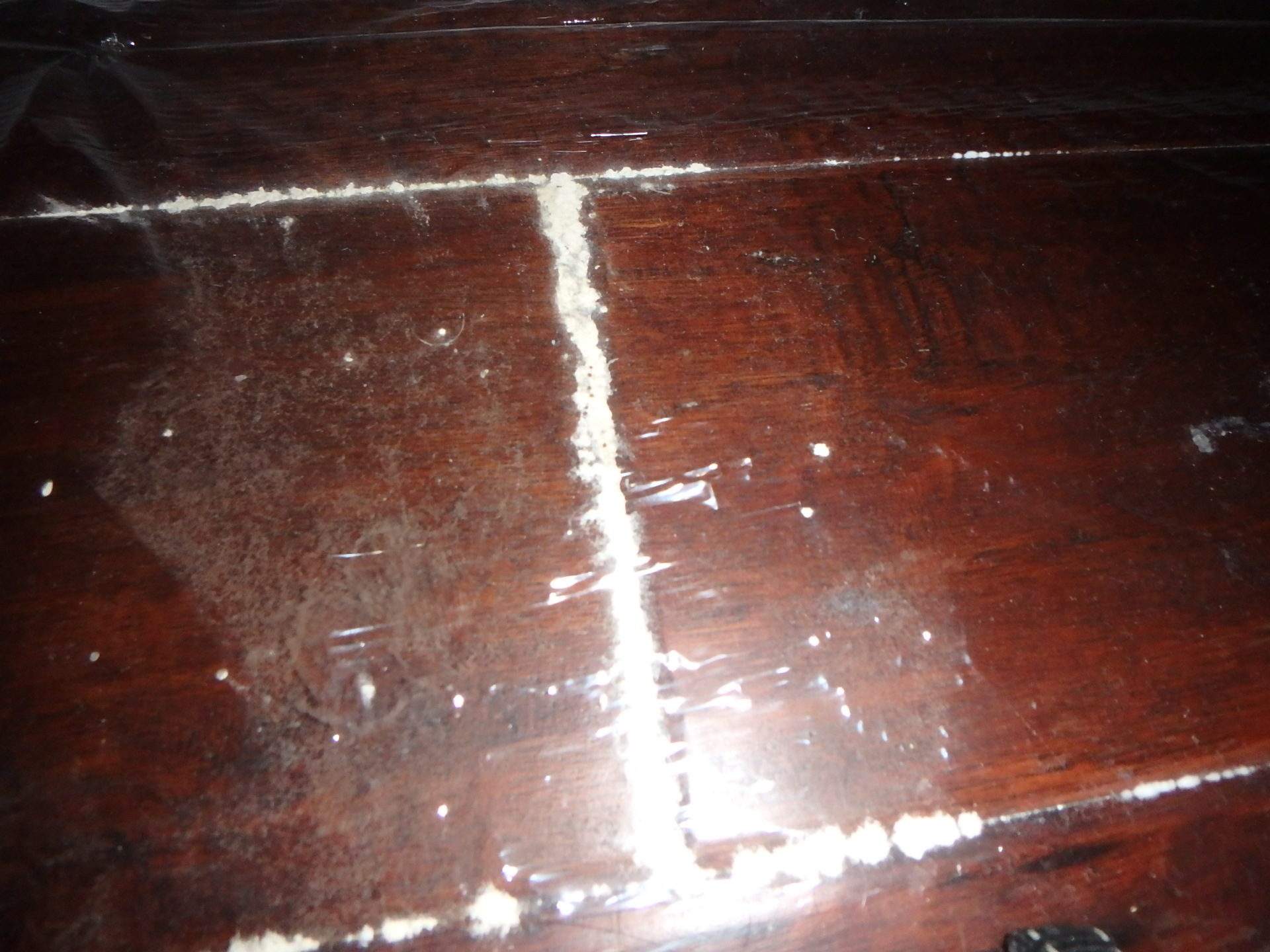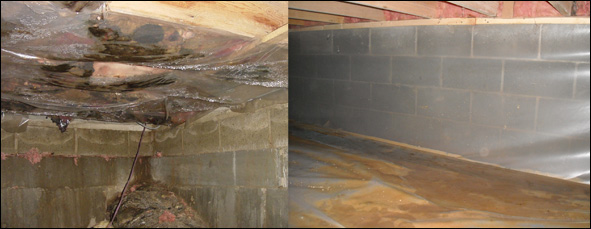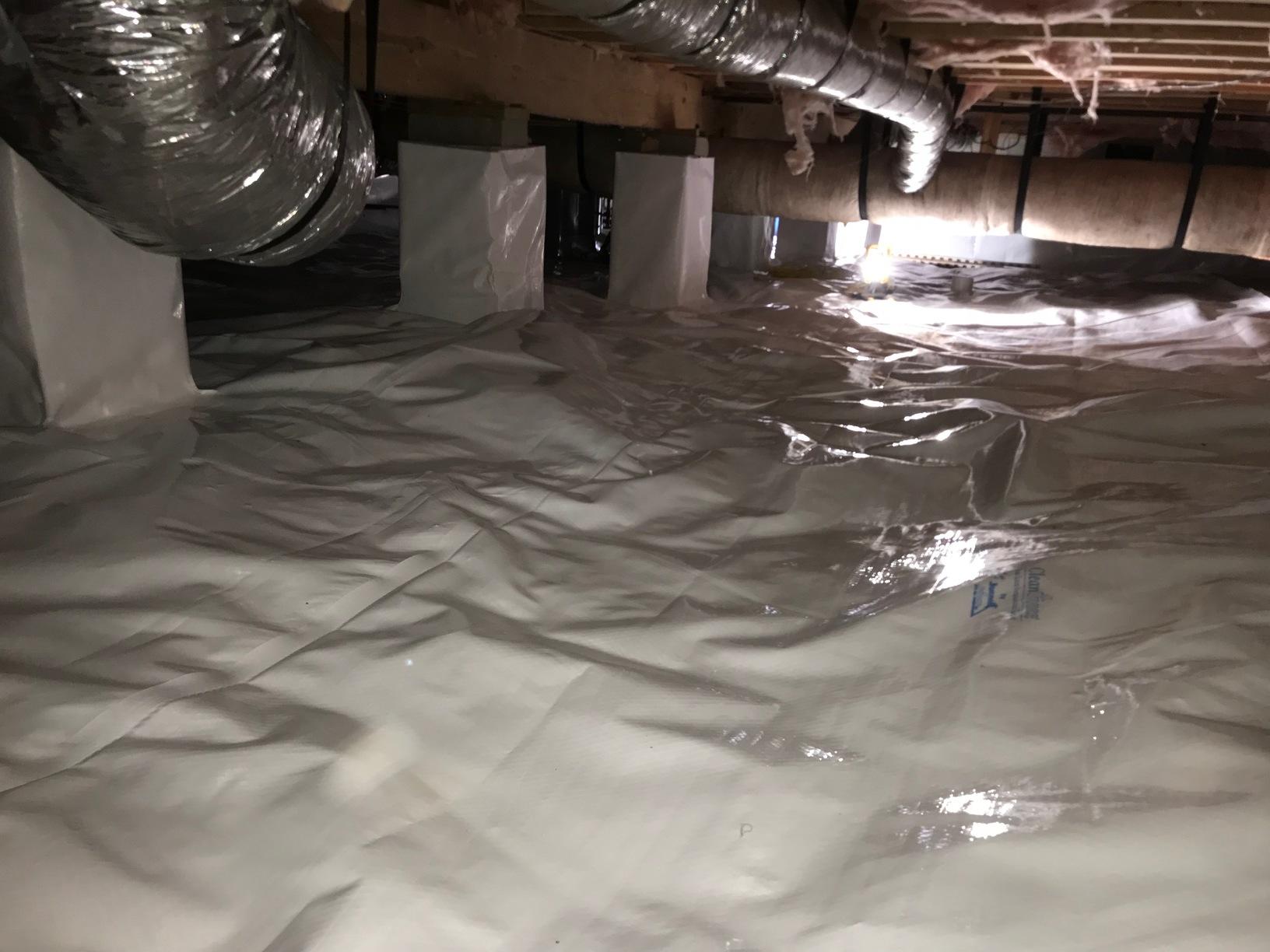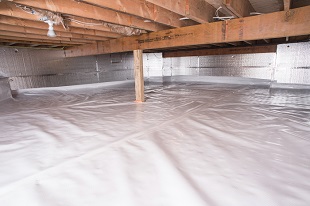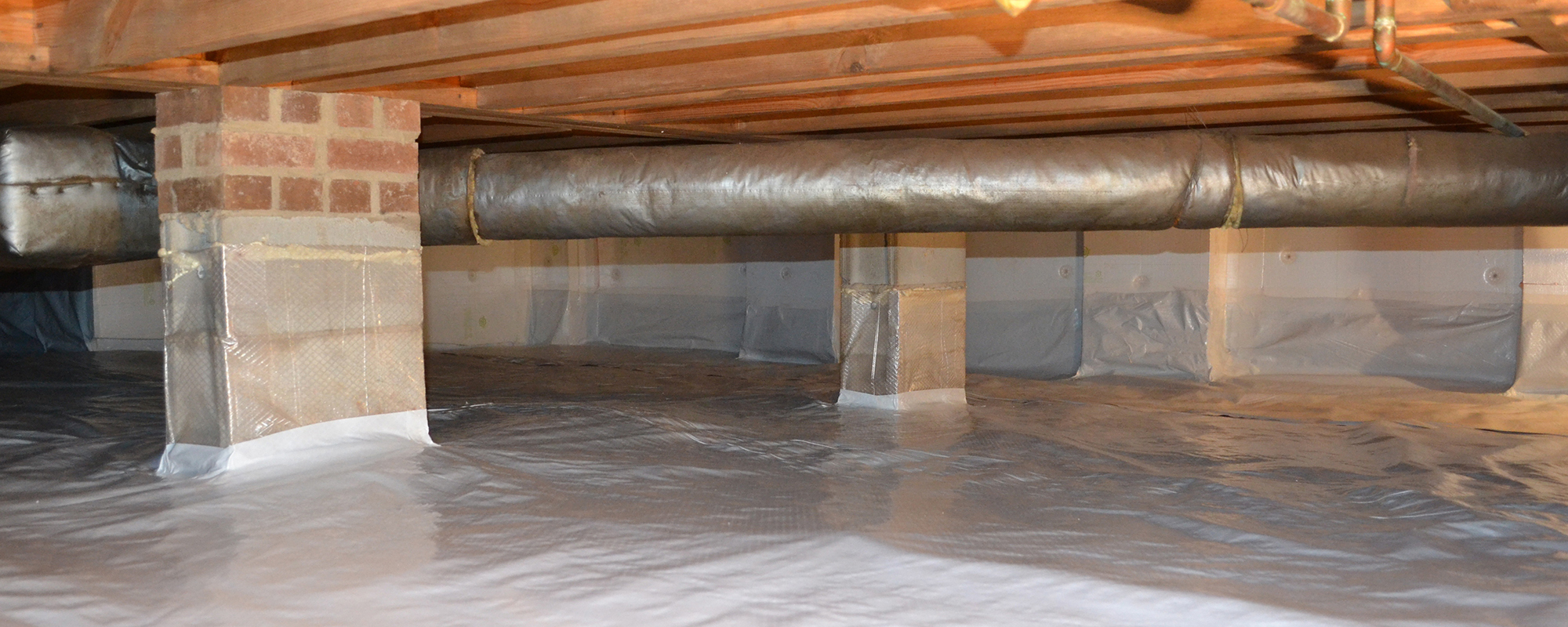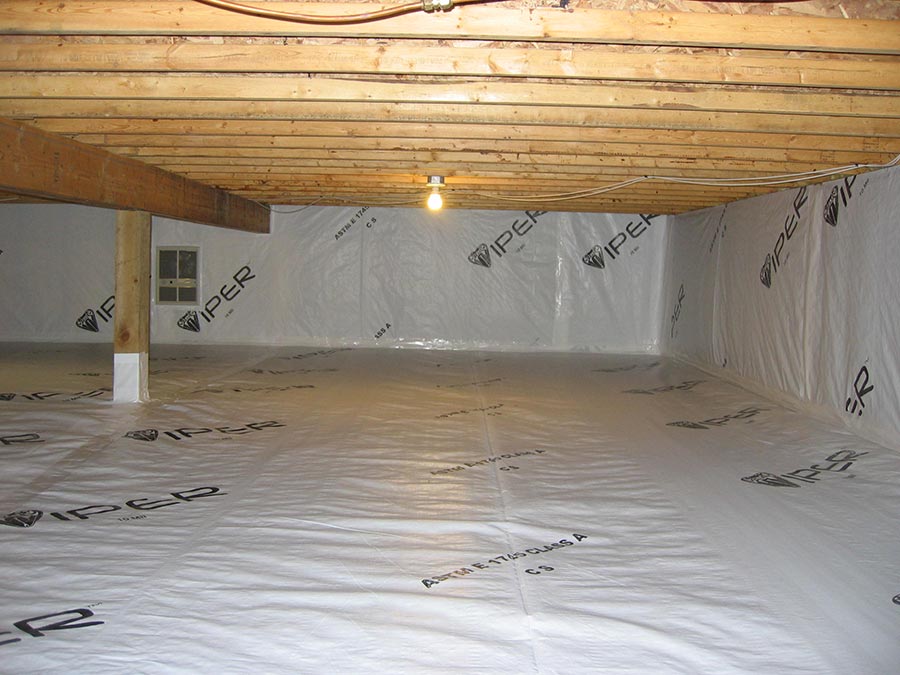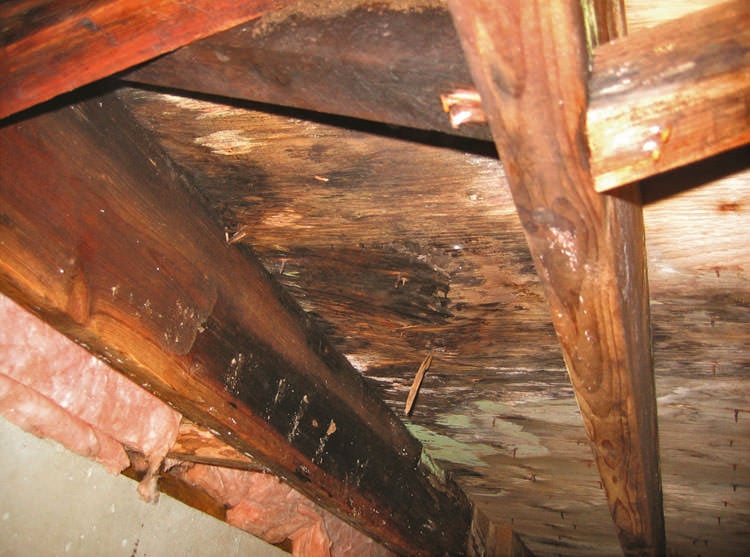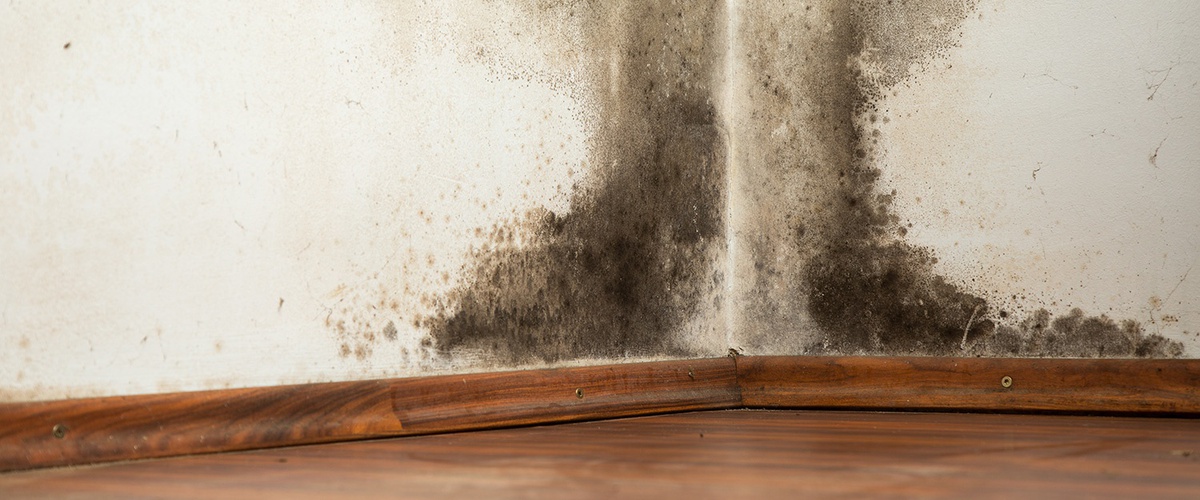That moisture is condensing on the vapor barrier and is resulting in the liquid water you see and consequently the mold and mildew growth.
Can mold grow under moisture barrier on floor.
The rate at which moisture enters needs from the ground through the cement foundation must be reduced to a level at which drying to the interior living space keeps the wood stud s moisture content below 15.
Before you install any new flooring product find a flooring specialist who is knowledgeable about moisture and concrete and who can give you a prescription for correcting the problem.
Mold will grow where ever there is moisture.
Basements and crawl spaces are prone to mold growth since there s often moisture in these dark tight spaces.
All it needs to grow is humidity moisture and a certain amount of darkness.
The installer painted the floor with some red suff to prevent any mold.
Anything above 15 is enough to support the growth of mold.
3 check under the hardwood floorboards.
There are many species of mold and although they vary in how much impact.
The smell is gone and so is the mold.
Gently pry up the trim so you can.
We decided to tear it up and go with ceramic tiles.
Visible water damage is a big sign that you may have a mold issue especially if the floor has a spongy strength to it when you walk over it.
We have a concrete slab with a vinyl floor.
Best things you can do are create some kind of airflow in the space vent fan on the garage that runs 24 7 run a dehumidifier seal the floor or just put vapor barrier under your platform and then treat the floor with some fungicide.
Is mold growing under an encapsulated crawlspace a concern.
And because you probably don t spend a lot of time in your crawl space or inspect the corners of your basement often mold can appear and become a costly project you didn t plan for.
For this reason mold behind baseboards in bathrooms is particularly common.
Sometimes it can be hard to tell but efflorescence should look crystalline mold is usually fuzzy.
Mold can grow in many places including but not limited to under baseboard and behind floor trim.
Mike labesky posted in general questions on april 15 2016 08 34am on a project we are doing the home owner is very reluctant to encapsulate the crawlspace because he believes that mold will grow on the ground side of the vapor barrier and the spores will end up migrating into the house.
If you own a home mold is serious business.
Mold will grow in temperatures as low as 50 f and as low as 45 relative humidity.
A non destructive meter no pin meter gave similar bad news.
Carefully lift up the vinyl flooring covering and check underneath.
Whether you do it yourself or bring on a mold remediation specialist the only way to get one of the firmest of signs of mold under hardwood floors is to look under the floorboards.
If moisture has managed to seep through the edges along the floorboards there s a good chance the mold will grow not only under the flooring but up on the wall as well.
